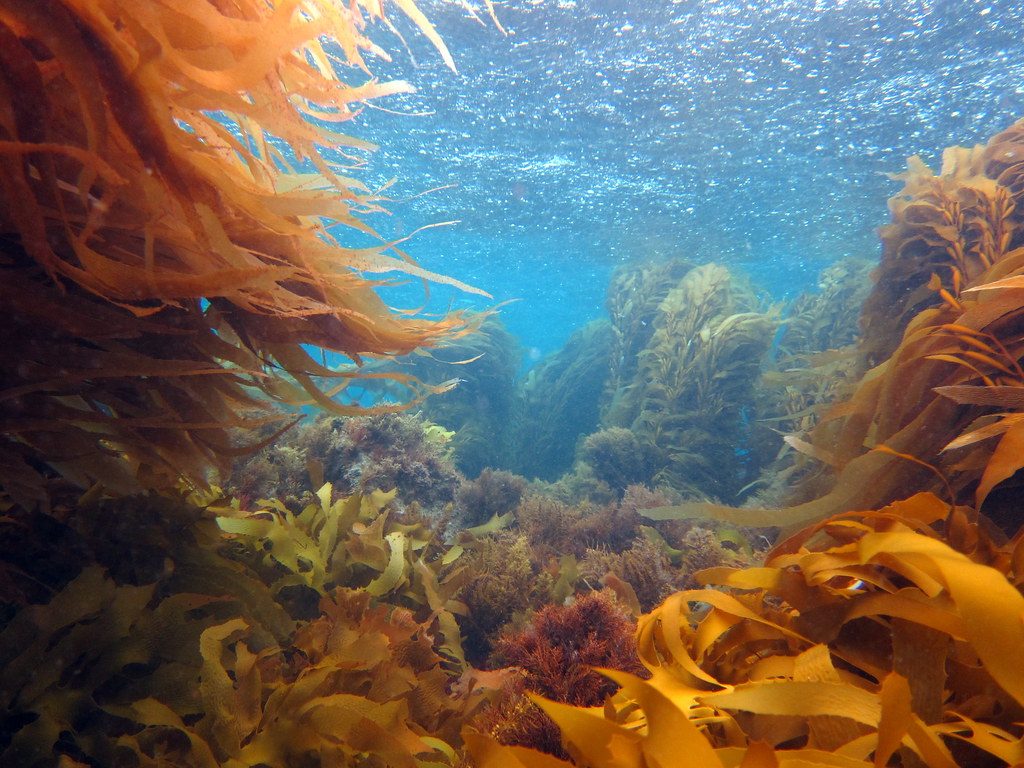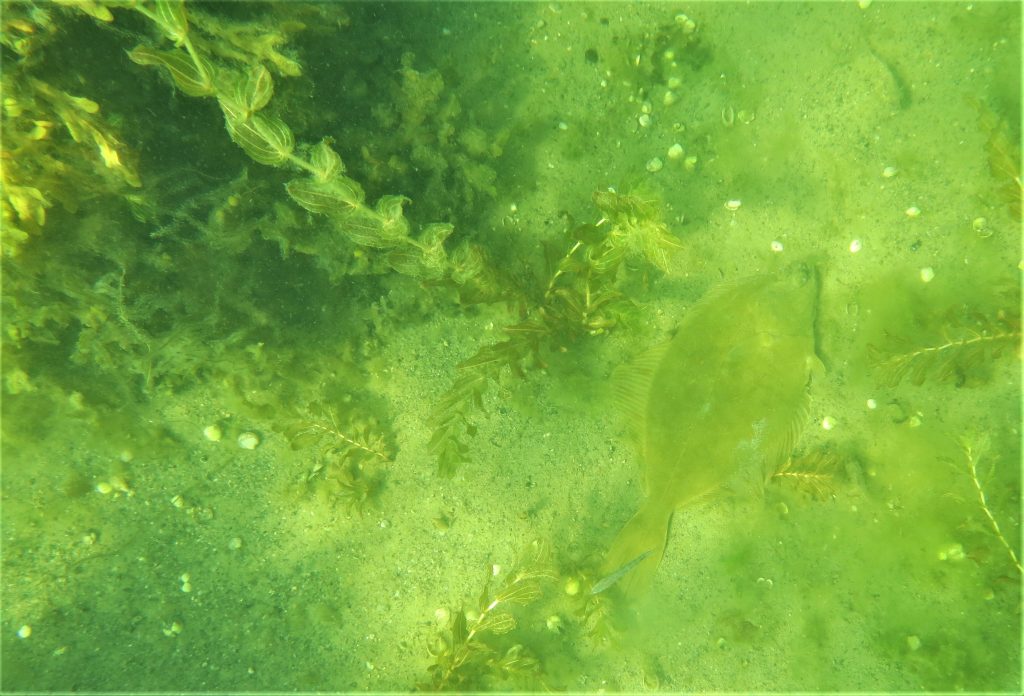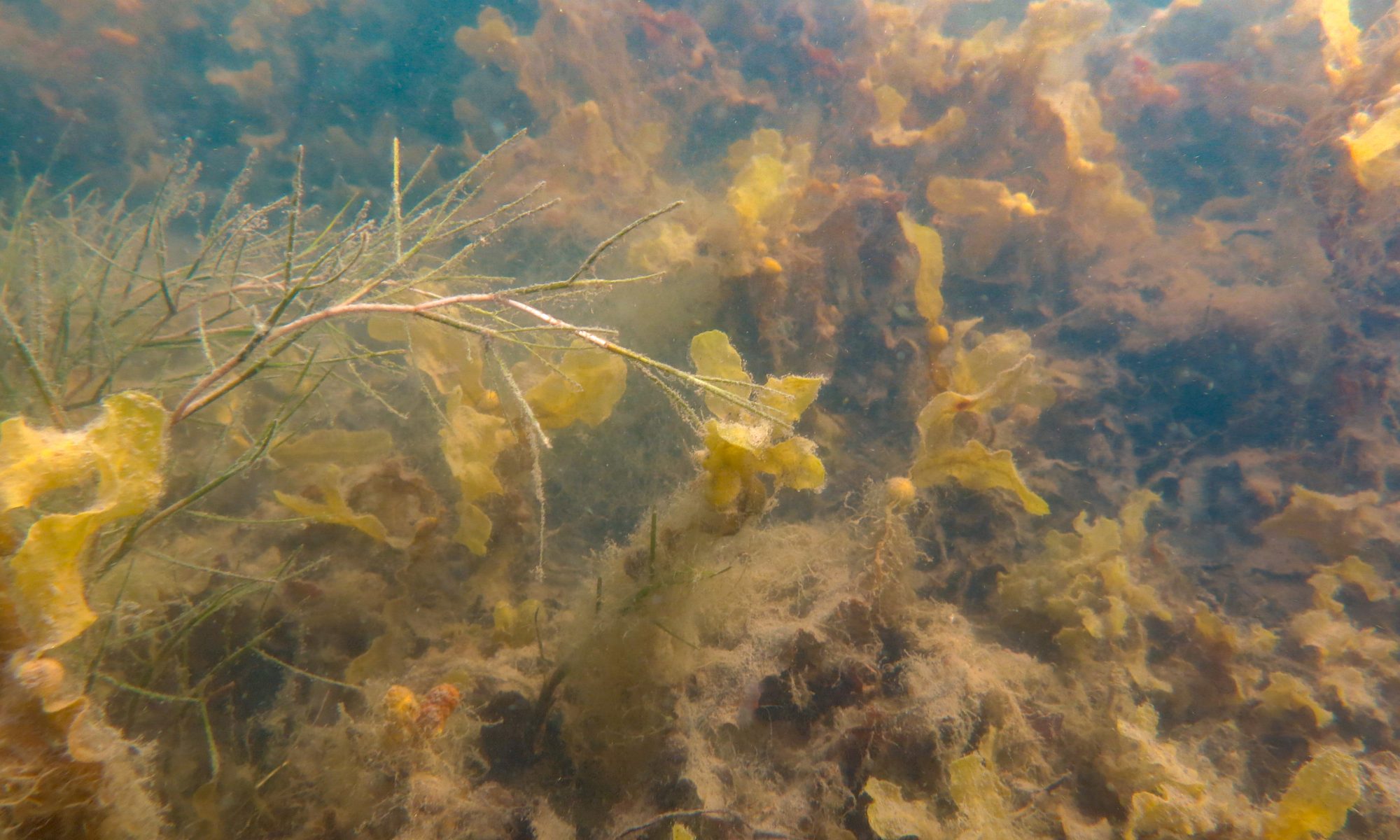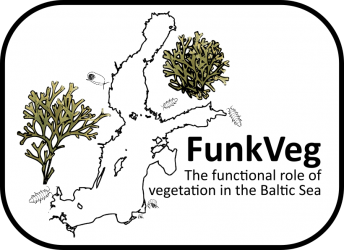To answer this question it helps to look at the bigger picture: Why should we care about the natural environment at all? Though the reasons are many, one of the most obvious is that their functioning directly affects our society. This idea is the basis for the ecosystem services concept.
Ecosystems Services – What are they and why do we need them?
Ecosystem services are the benefits provided by the natural environment to society. They are the foundation of human well-being. These services are numerous and highly varied depending on the ecosystem. In forests and woodlands the production of wood as a raw material for the use in manufacturing is one such service. On a smaller scale, individual species can also provide important services, such as bees acting as pollinators for agricultural plants. These services are invaluable to human existence, and often come with no accompanying monetary cost. Being freely available, many are undervalued and consequently protection for the environments that provide them is frequently limited.

“Into the forest”by azima_97 is licensed under CC BY-NC-SA 2.0
Though ecosystem services are often taken for granted, they are hugely important. Imagine if the continued use of pesticides, most famously neonicatoids, led to the extinction of numerous bee species. Many fruit and seed producing crops would be left unpollinated, leading to crop failure and the consequential food shortages within shops and supermarkets. Hence the ecosystem services we take for granted can have monumental effects on society and our quality of life. It therefore seems necessary to provide protections for these environments so that they can continue to provide the services we rely on.

“Mayor Bee”by macwagen is licensed under CC BY-NC-ND 2.0
So now we know what Ecosystem Services are – How does this relate to bladderwrack?
As an underwater environment that many people rarely, if ever, see bladderwrack forests are a hugely underrated environment in terms of their value and the ecosystem services they provide. However bladderwrack forests can be considered similar to giant kelp forests, which are some of the most productive habitats on earth.

“Couldn’t go far into it due to flooding tide”by Saspotato is licensed under CC BY-NC-SA 2.0
Bladderwrack forests are highly productive environments storing large quantities of carbon. Because some of this carbon is sequestered bladderwrack can be considered to provide a service in reducing CO2 within the atmosphere and thus help our society with mitigating climate change.
This is not the only services these underwater forests provide. As an ecosystem engineer; a creature that modifies its environment; bladderwrack also provides the additional benefits of food and shelter for a myriad of different plants and animals, all of which themselves contribute to the ecosystem services provided by this habitat. Notably bladderwrack plays an important part in food production by providing nursery and feeding habitat for juvenile fish of commercial importance including cod, pike and perch. By supporting populations of these important fish species they also provide valuable recreational services including recreational fishing, boating and SCUBA diving.

An entirely different service that bladderwrack provides influences people’s health by reducing their contact with harmful environments. Within the Baltic Sea, the enrichment of water bodies with excessive nutrients has led to widespread eutrophication and resulting nuisance blooms of cyanobacteria. These blooms can be detrimental for human health and are monitored by the Finnish Environmental Institute SYKE. Importantly though, bladderwrack forests can act as filters against high nutrient inputs from terrestrial sources, providing a service in reducing excessive load of nutrients and consequently benefiting human health and well-being.
These are just a few of the ecosystem services this fascinating habitat provides, though there are numerous others that have not been listed here. We can therefore conclude that both bladderwrack and the associated community of plants and animals are important for the Baltic Sea ecosystem and many of the services we require.
What about free-living bladderwrack and the associated animal community?
Since free-living bladderwrack fulfils a similar ecological niche to the attached form, albeit generally on soft bottoms rather than rocky substrates, we surmise that it provides similar ecosystem services as well. Both forms support a similar animal community living around and on the seaweed, but the free-living form also supports an additional community living within the sediment below the algal mats. It is likely that this community will provide additional services that benefit us, however what these services are is difficult to tell unless we have a greater understanding of the associated animal communities of the free-living form. Hence this is where our study comes in. In one of our projects we are interested in identifying the animals on and below the surface of the sediment, and how these communities vary from those of bare, soft bottoms. To find out how important these creatures are to our society we will delve below the surface of this barely studied habitat.


